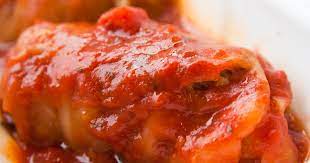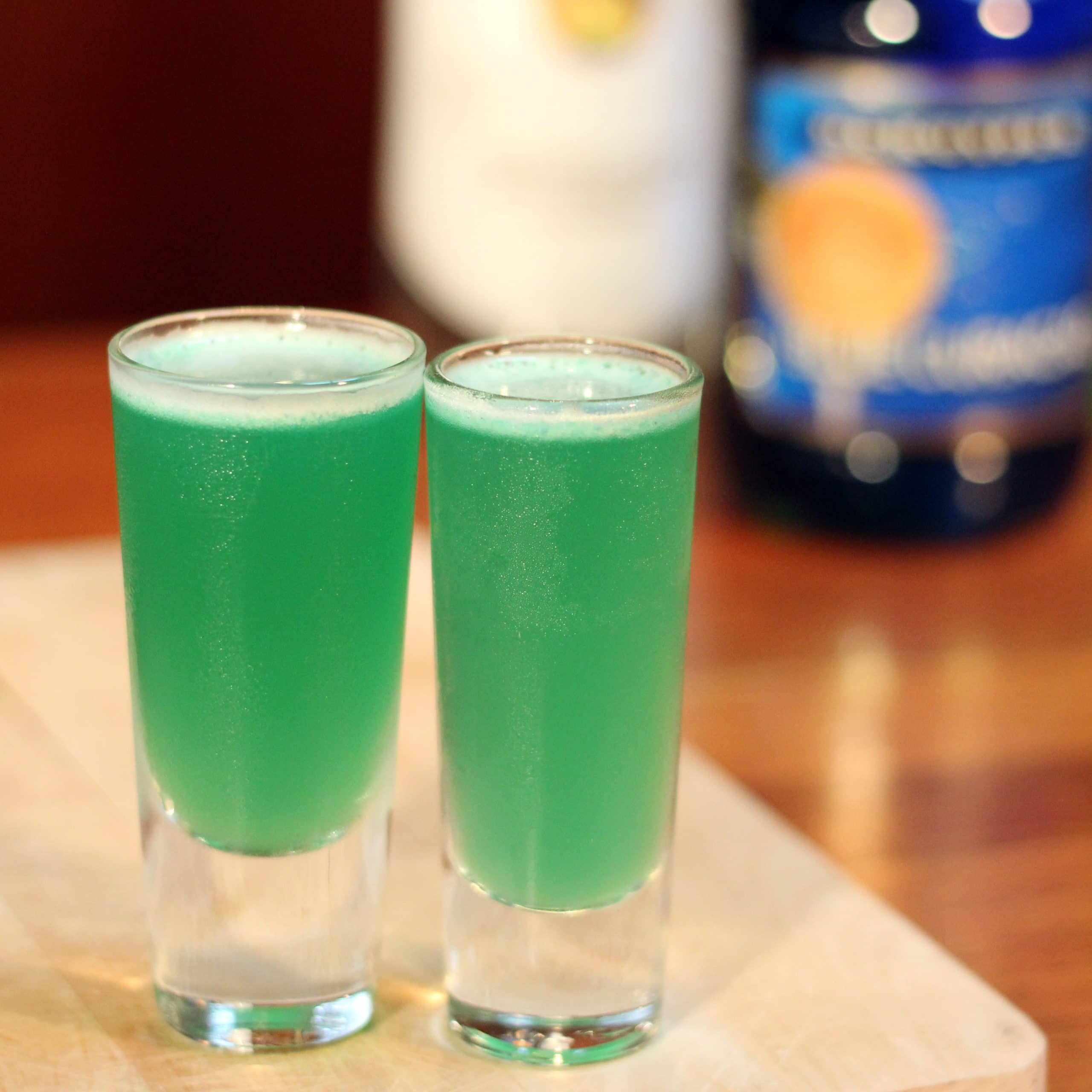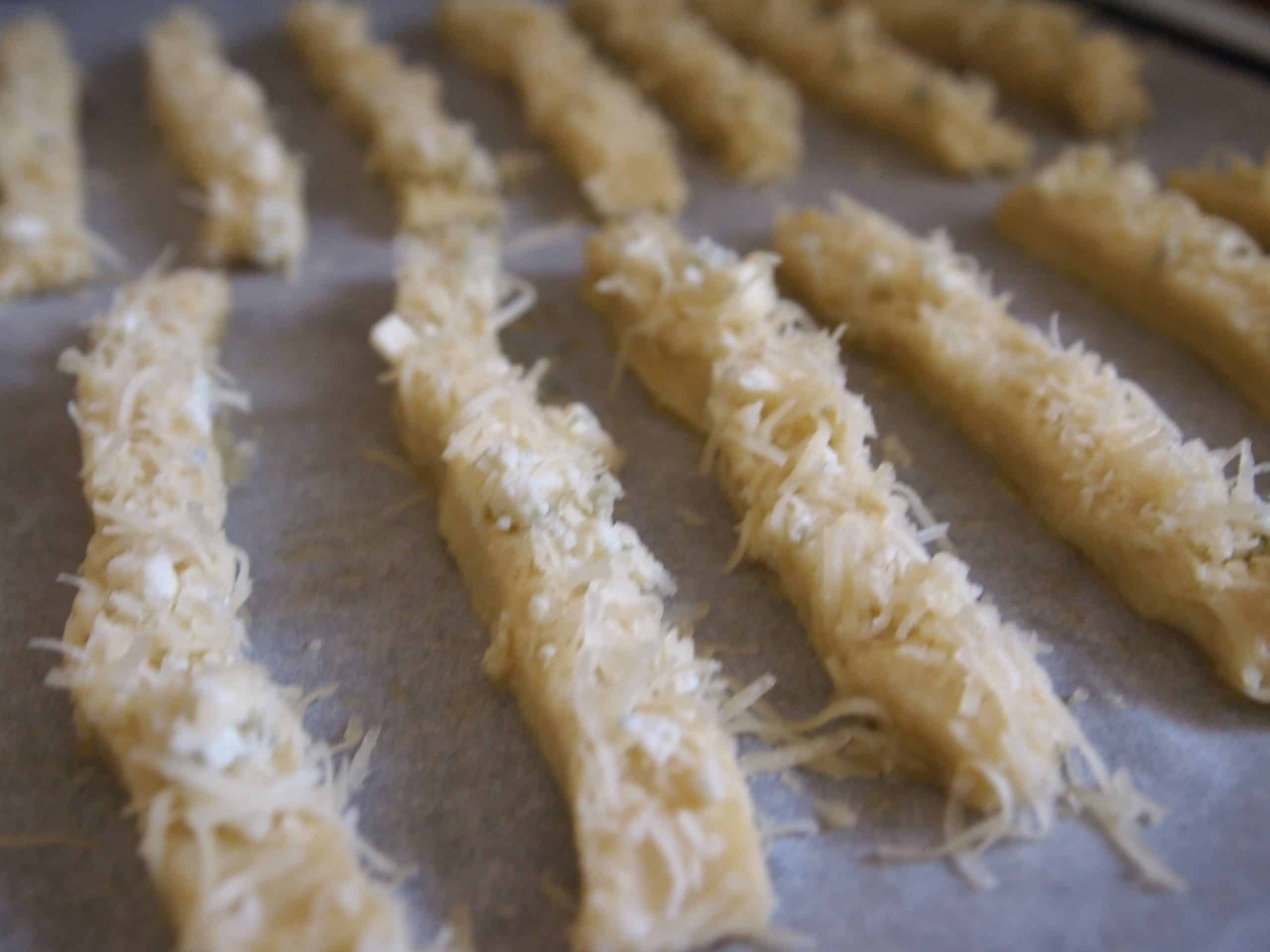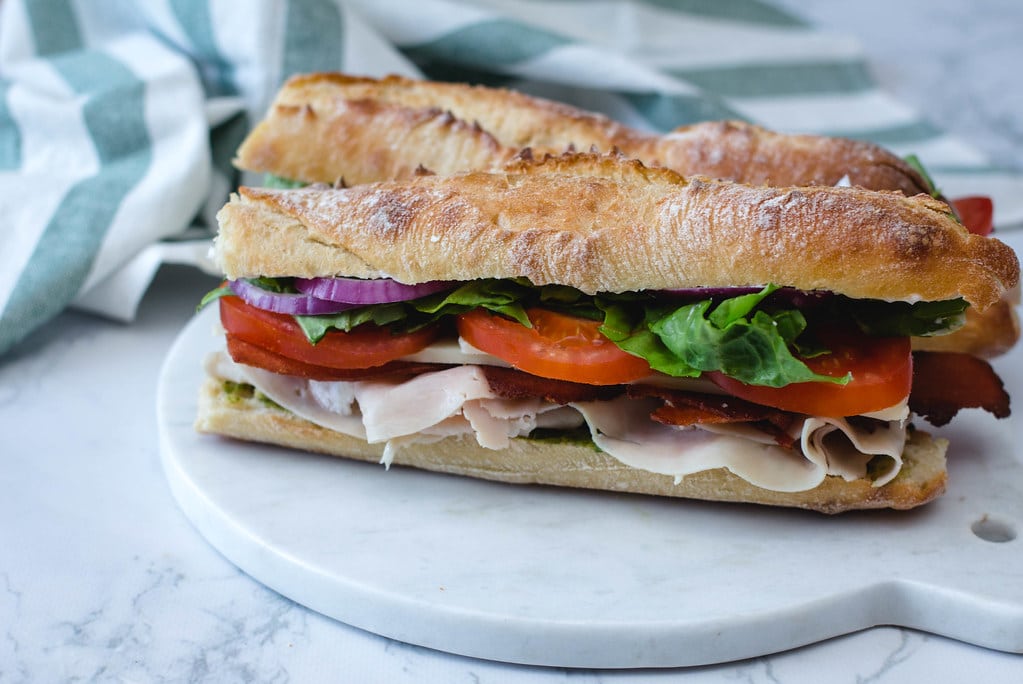Making tasty snacks and yummy treats seems easy and comes in handy way more than anyone thinks.
However, they can be challenging to follow if you don’t understand the measurements used in these guidelines.
For instance, butter, a common ingredient in these recipes, is measured in several measurements like tablespoons, teaspoons, cups, and sticks, which can be confusing.
So, how many tablespoons is a ⅓ cup of butter?
A ⅓ cup equals five full and a half tablespoons of butter.
However, this is according to the US customary system’s cup measurement.
Other countries use the metric system, which uses milliliters to measure volume.
In this system, a ⅓ cup of butter is 79.6mL.
This article gives a detailed description of how to convert butter tablespoon measurements into cups.
In addition are risks involved with excessive intake of this dairy product and a list of butter substitutes in dishes.
What is a cup measurement?
Cup measurements differ from place to place.
However, according to the US customary system, one cup is equal to:
- Two hundred and thirty-seven milliliters
- Sixteen US tablespoons
- Eight fluid ounces
When measuring ingredients using cups, fill them to the brim and then scrape out the excess using a knife for exact sizing.
While filling them in, you should shake the measuring cups, so everything settles.
How do I measure a tablespoon of butter?
Most butter sticks have markings on their wrappers.
Each marking stands for a tablespoon of butter, making it easy for you to cut one out.
That said, you don’t have to fret if your butter’s wrapping has no markings, as measuring is still manageable.
Take a tape measure or ruler to divide the butter stick into eight equal parts; each segment will denote a tablespoon.
How many teaspoons make a tablespoon?
A teaspoon is equivalent to a ⅓ of a tablespoon.
In other words, for each tablespoon, there are three teaspoons of butter.
One tablespoon is the size of your fingertip, from the top joint to the edge of the finger.
In this regard, a pinch equals 1/8 of a teaspoon, while a smidge is a 1/32 teaspoon.
How many tablespoons is a cup of butter?
A cup is made up of sixteen tablespoons of butter which can also be equated to about eight fluid ounces.
Below are answers to common questions on converting tablespoon measurements to cups.
- How many tablespoons is half a cup of butter? – Half a cup of butter which is equal to four fluid ounces, is the same as eight tablespoons of this dairy product.
- How many tablespoons is ⅓ cup of butter? – A ⅓ cup of butter is equivalent to five full tablespoons and a half or one teaspoon.
- How many tablespoons is ⅔ cup butter? – A ⅔ cup of butter is the same as ten full tablespoons and two-thirds or two teaspoons.
- How many tablespoons is ¾ cup of butter? – Twelve tablespoons can equate to a ¾ cup of butter which is no different from twelve fluid ounces.
How many tablespoons is a stick of butter?
Butter in the US usually comes in sticks.
A stick is also called a slab of butter and weighs four ounces.
It also comes in different shapes and sizes, but its most common shape is cylindrical.
That said, each stick is equivalent to eight tablespoons.
As a result, half a stick of butter equals four tablespoons while a quarter denotes two.
Therefore, if your recipe requires a tablespoon of butter, an eighth of a stick should be enough.
How much is a block of butter?
Most people confuse a block of butter for a stick.
However, a block equals one pound while a stick is a quarter pound.
Getting a block of butter is time-saving as it will last a long time and reduce trips to the grocery store or supermarket.
A whole block is equal to two cups or four sticks of butter.
On the other hand, a half-block is a cup or two sticks.
Consequently, a quarter block is a half cup or a stick of butter, meaning that an eighth block equals a quarter cup or half a stick.
Easy flavored butter recipes
Below are some quick and easy flavored or compound butter recipes to make your meals more palatable and exciting.
Furthermore, herbs used in flavoring butter are available in most grocery stores; you shouldn’t fret.
Cheese butter recipe
Ingredients
- 2 tablespoons of cheddar cheese
- 2 tablespoons parmesan cheese
- ½ cup of butter
Method
- Stir the cheddar and parmesan cheeses together
- Add the mixture to the butter and stir
- Serve with mashed potatoes or anything else according to your fancy.
Lemon butter
Ingredients
- 1 cup of softened butter
- 2 teaspoons of lemon peels(grated)
- 2 teaspoons of Old Bay seasoning
Method
- Mix the grated lemon peelings with the seasoning
- Add it to the butter
- Stir until smooth
Basil Garlic butter
Ingredients
- ½ teaspoon of garlic powder
- 4 teaspoons of fresh basil(minced)
- ½ cup of butter(softened)
- Fresh sage
- 1 ½ teaspoon of fresh parsley(minced)
- Fresh thyme
Method
- Mix the garlic powder, parsley, basil, and butter in a small bowl
- Garnish with the fresh thyme and sage
- Serve
Butter substitutions
Below are some alternatives that serve the same purpose as butter in case you aren’t a fan of this dairy product.
- Coconut oil – Coconut hardens at room temperature and spreads in the same fashion as butter does. For this reason, you can use it in frosting, sauteeing, and baking. However, coconut oil has few nutritional benefits than butter as it’s mostly refined.
- Applesauce – Aside from being oil-free, applesauce will reduce the number of calories in your cooking and baking. This makes it a healthier alternative to butter. It also adds several vitamins and a fantastic apple flavor to your meals.
- Nut butters – These are nutritious and thick hence suitable options too. Nut butters are also safe for vegetarians however can cause severe flare-ups if individuals with allergies ingest them.
- Pumpkin puree – Besides being low in calories, pumpkin puree is also delicious and rich in vitamin A. However, use it in low amounts when substituting it for butter as it’s watery and can affect the recipe’s consistency.
- Avocado – Avocado adds lots of good fat to your meals hence a healthy alternative. It will also make your desserts more fluffy compared to butter.
Butter nutritional benefits
Besides flavoring dishes, butter also has several essential nutrients.
They include:
- Betacarotene – This supplement lowers the risks of contracting lung and prostate cancer. It also enhances the immune system and promotes healthy skin.
- Vitamin A – Vitamin A prevents eyes from developing night blindness, reduces chances of acne, and enhances bone health. It also supports healthy reproductive systems.
- Vitamin D – This supplement strengthens muscles, teeth, and bones. It also manages phosphate and calcium levels in the body.
- Calcium – Calcium builds and maintains healthy bones. Ingesting it may also prevent you from contracting cancer and high blood pressure.
- Vitamin E – Vitamin E supports immune health, enhances eye health, and prevents heart disease and inflammation.
Dangers of excessive butter consumption
Although butter is delicious and has several nutritional benefits, excessive intake can lead to health problems like:
- Heart disease – Butter has high amounts of saturated fats, which are the significant causes of heart disease.
- Obesity – This is the accumulation of unhealthy weight that can quickly happen if you constantly spread excess butter on your bread every morning.
- Stroke – The high amounts of fat in butter easily block arteries, making you susceptible to suffering a stroke or other blood-related disorders.
- Alzheimer’s disease and dementia – High saturated fat intake will put you at risk of contracting these mental diseases, which can be fatal.
Does solid butter measure the same as melted?
Solid butter does weigh the same as its melted counterpart in volume.
However, their weights differ as the air and impurities in solid butter separate during melting.
In this regard, you should first measure the butter before melting it for use.
It’s not advisable to replace one for the other when following a recipe.
This is because it could lead to a texture difference.
How many pounds are 16 tablespoons of butter?
Butter in the US is sold in pounds, unlike other regions like Australia, where it’s sold in grams.
A pound includes four sticks and sixteen ounces.
That said, sixteen US tablespoons of butter weigh half a pound.
This is because a pound equals close to four hundred and fifty-four grams, and one tablespoon equals fourteen grams.
Frequently asked questions(FAQs)
How many sticks of butter equal a cup?
A cup is equivalent to two sticks of butter.
If you think that your butter sticks are pretty small and can’t fill a cup, melt them down in a skittle and pour them into a cup to make sure.
How many sticks of butter is 2/3 cup?
A ⅔ cup of butter is equal to one and a third sticks.
This is because one stick of butter is the same as half a cup.
How many grams are six tablespoons of butter?
Six tablespoons of butter weigh around eighty-five grams.
This is because one tablespoon weighs about fourteen grams.
How many grams is a cup of butter?
Cup measurements aren’t the same everywhere.
However, one US cup of butter equals two hundred and twenty-six grams of butter.
Conclusion
Aside from describing the number of tablespoons equal to ⅓ cup of butter, this article sheds light on various conversions.
We hope that this keeps your cooking time short and recipe results accurate.
That said, butter has several health benefits, but you should use it in moderation to avoid contracting severe health conditions like obesity, heart disease, and dementia.
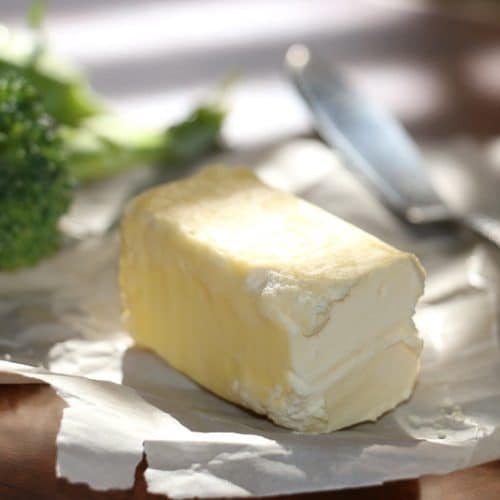
Butter Spread Recipe
Ingredients
- 2 tablespoons cheddar cheese
- 2 tablespoons parmesan cheese
- ½ cup butter
Instructions
- Stir the cheddar and parmesan cheeses together
- Add the mixture to the butter and stir
- Serve with mashed potatoes or anything else according to your fancy.
Video
Nutrition
- 25 Simple Lemon Dessert Recipes - December 3, 2025
- 25 Yummy Cream Cheese Desserts - December 3, 2025
- 25 Easy Cool Whip Recipes - December 3, 2025
